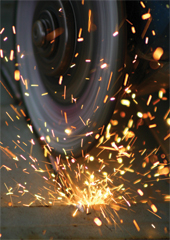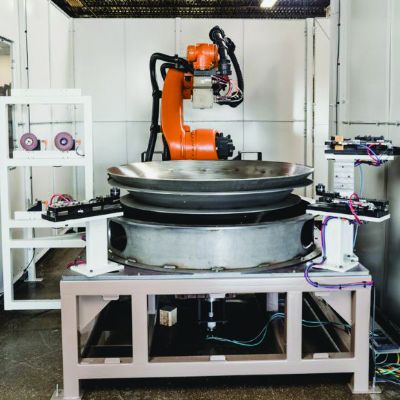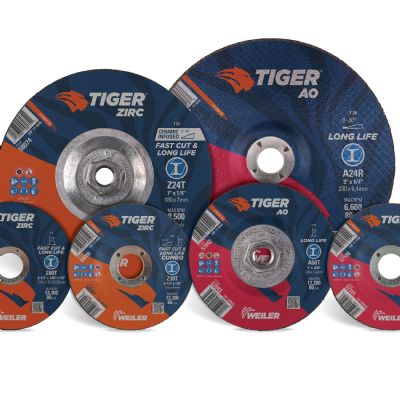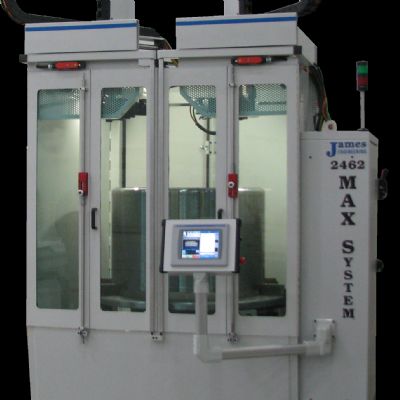Test Your Grinder Safety Knowledge
February 1, 2011Comments
Mancomm, Davenport, IA, a publisher of regulatory compliance
products, offers the Grinder Safety Training CD, developed to help fabricators improve safety and minimize risk by focusing on a personal protection system for pedestal and bench grinders. An Occupational Safety and Health Administration (OSHA) examination of 27 grinder-wheel accidents in an 8-yr. period revealed that 26 percent of those accidents resulted in employee deaths. 
“Because abrasive-wheel grinders are everyday equipment in workplaces nationwide,” says Mancomm president and founder Benjamin W. Mangan, “many workers become complacent about their hazards. Improper use of a grinding wheel, or the use of one that is defective or damaged, can cause the wheel to break up. And those flying fragments can be deadly.”
The safety-training CD covers a range of topics, including personal protective equipment, grinder and grinding-wheel RPM compatibility, ring tests, grinding-wheel installation, guard adjustment and aluminum-oxide grinding wheels.
While you’re waiting for your CD to arrive, you might have your operators take this grinder-safety awareness quiz, derived from the audio portion of the CD. The answers appear at the bottom of this page.
1. Why should eye protection be used when operating a grinder?
A) To protect the worker’s eyes from sparks.
B) To protect the worker’s eyes from flying fragments, if the wheel breaks.
C) To protect the eyes from ultraviolet rays created by the hot metal.
2. Which of these are forms of personal protective equipment you may need while using a grinder?
A) Eye protection
B) Respirator
C) Ear plugs
D) All of the above
3. Why shouldn’t you wear jewelry while operating a grinder?
A) The sparks will tarnish silver or gold.
B) It could get caught in the equipment.
C) The fumes will cause gems to become cloudy.
D) It’s considered bad luck in many workplaces.
4. Why would you want to tap a grinding wheel with the nonmetallic handle of a screwdriver?
A) You would never want to do that, it could hurt the wheel.
B) If the wheel makes a ringing noise, you will know it is not fit for use.
C) It’s part of a test to check the usability of the wheel.
D) Tapping a grinding wheel shakes any impurities out of its pores.








